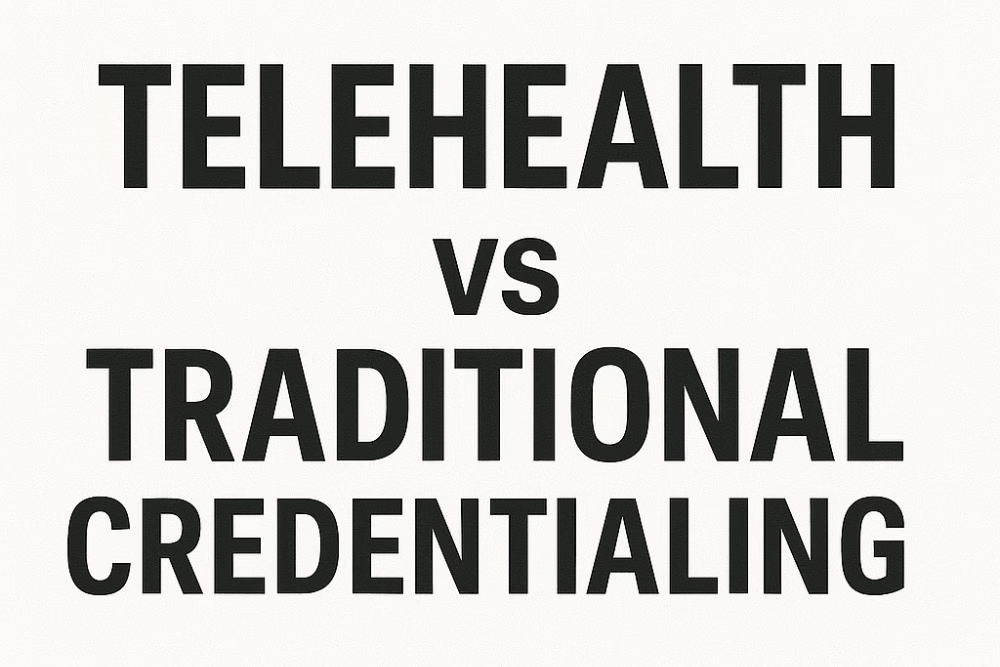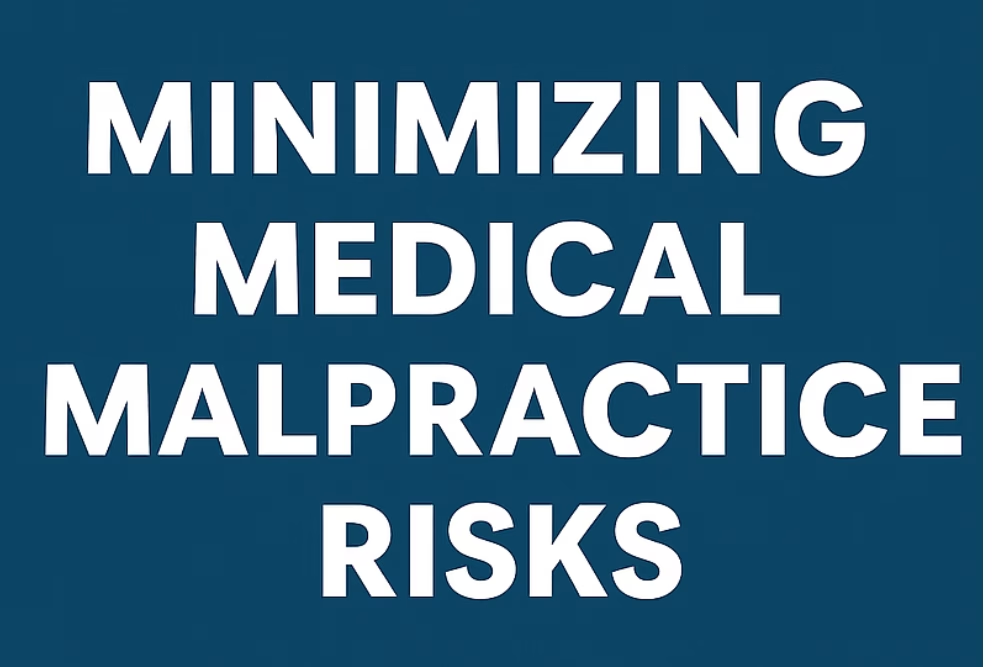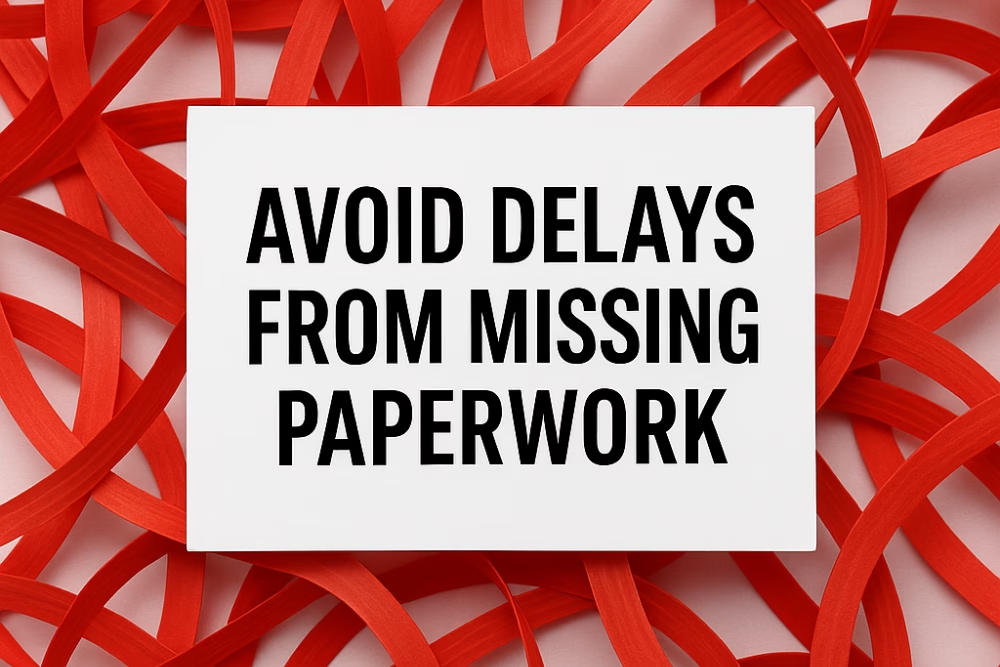As telehealth becomes a mainstay in modern healthcare, understanding the difference between telehealth credentialing vs traditional credentialing is essential for practice managers, healthcare providers, and business owners. With remote care growing rapidly, credentialing processes must adapt to maintain compliance, streamline onboarding, and ensure top-quality care.
Let’s break down the key differences between these two credentialing methods and how your practice can stay ahead in 2025.
1. Verification Process
-
Traditional: Involves in-person, manual verification tied to a physical facility.
-
Telehealth: Uses credentialing by proxy, allowing a remote site to verify and share credentials.
2. Speed and Efficiency
-
Traditional: Can take 3 to 6 months due to manual review.
-
Telehealth: Often faster, thanks to automated systems and centralized processes.
3. Scope and Focus
-
Traditional: Confined to a specific geographic location.
-
Telehealth: Focuses on compliance across state lines and digital service delivery.
4. Licensure Requirements
-
Traditional: Requires licensing in the provider’s state.
-
Telehealth: Requires licensure in the patient’s state, often needing multi-state credentials.
5. Technology & Infrastructure
-
Traditional: Includes EHR integration within a physical site.
-
Telehealth: Involves HIPAA-compliant video platforms, remote EHR access, and cybersecurity protocols.
6. Regulatory Compliance
-
Traditional: Must meet the Joint Commission and NCQA standards.
-
Telehealth: Must comply with a patchwork of state and payer-specific telehealth rules.
7. Privileging
-
Traditional: Based on procedures and physical resources.
-
Telehealth: Focuses on consultative services with tech-specific limitations.
Why This Matters
Understanding telehealth vs traditional credentialing is crucial for efficient provider onboarding, reducing delays, and ensuring compliance. With credentialing being a cornerstone of patient safety and operational success, adapting your strategies to fit telehealth standards is a must in 2025.
Let eClinicAssist Simplify the Process
Credentialing doesn’t have to be complicated. At eClinicAssist, we specialize in helping healthcare organizations navigate the complexities of both traditional and telehealth credentialing. From licensing to verification to compliance tracking, we’ve got you covered.
📞 Contact eClinicAssist today to streamline your remote provider onboarding and stay ahead of the curve.







